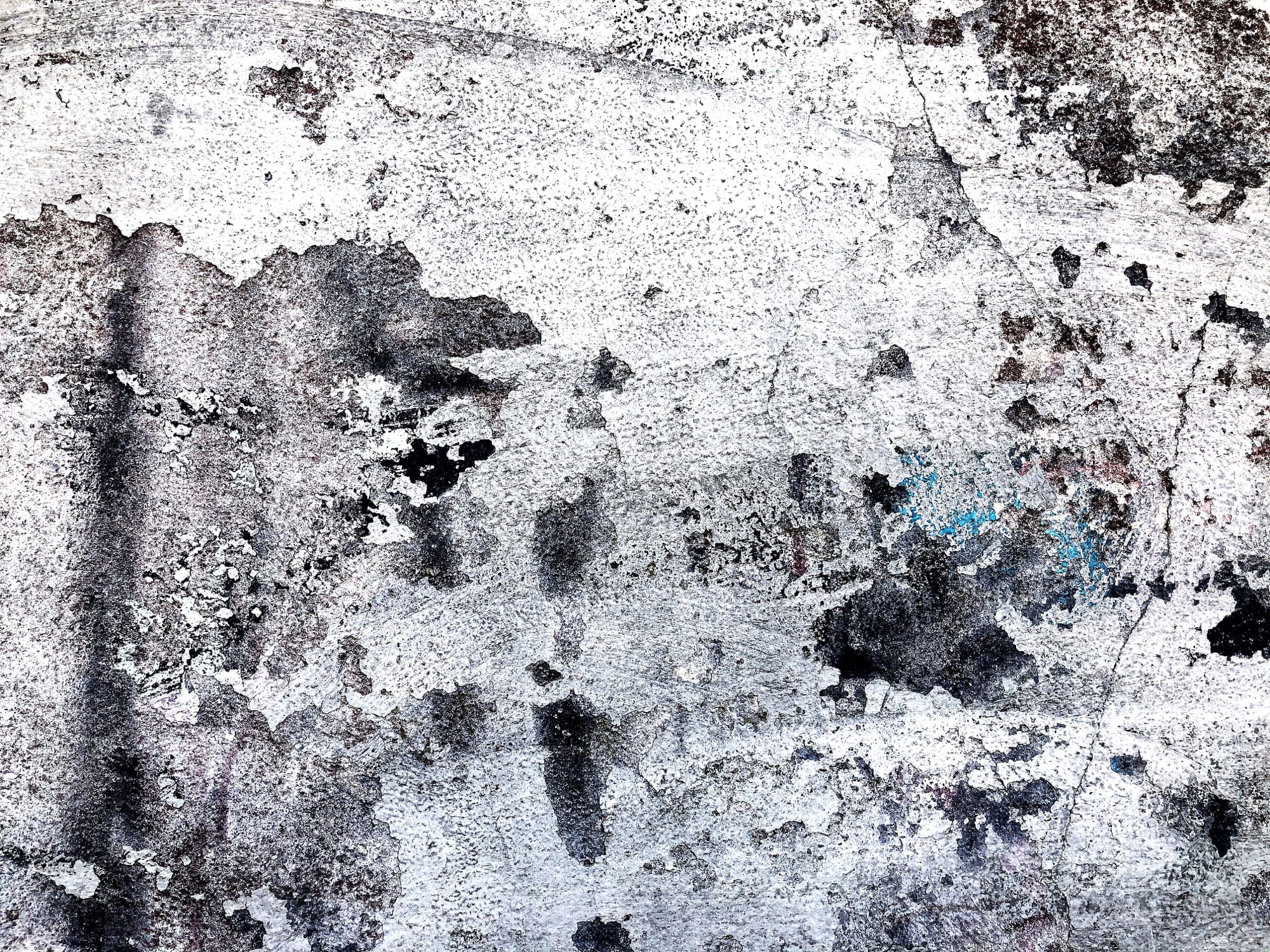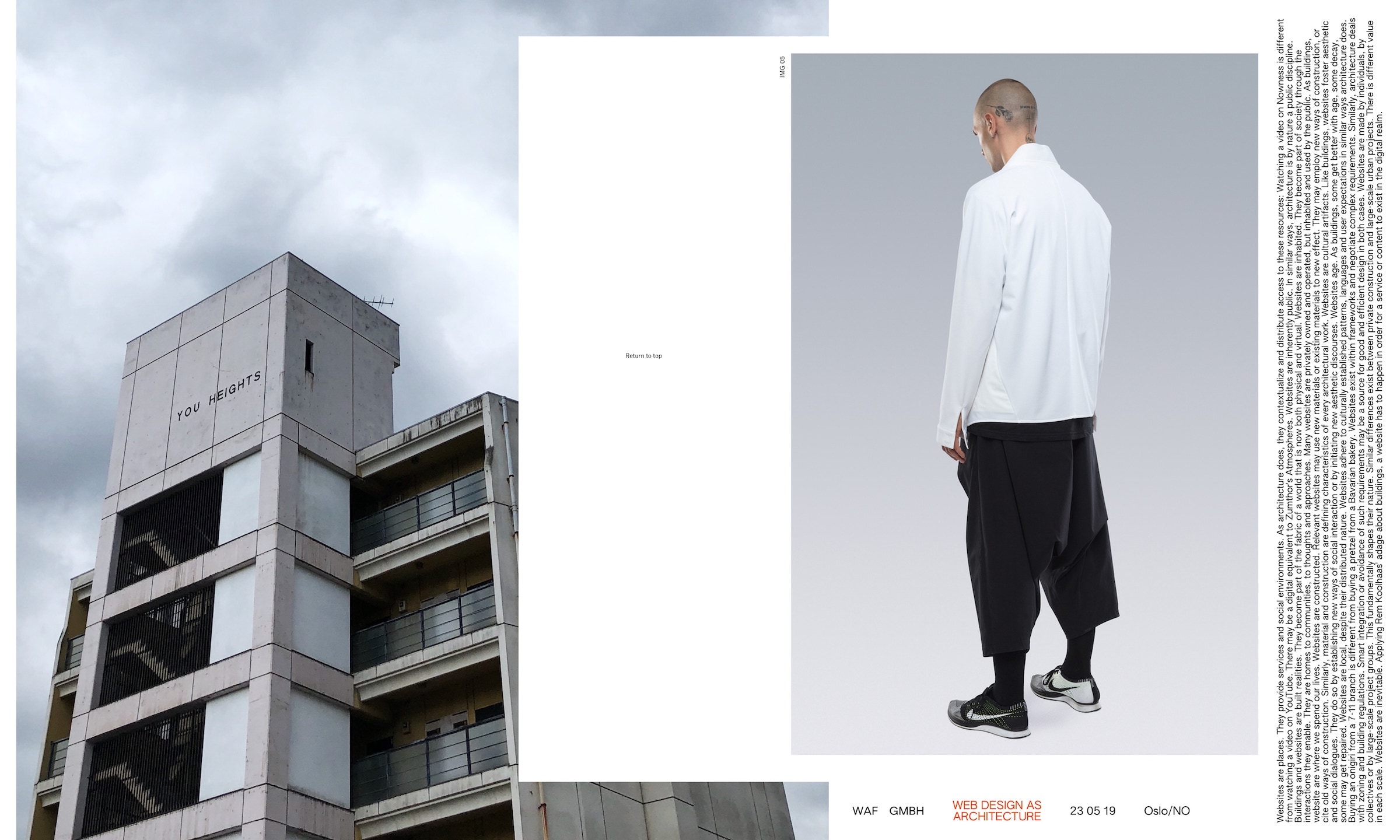Wenn mein Schreiben für diese Publikation zum Erliegen kommt, dann hat sich etwas verändert. Ich verliere dann das Interesse daran, wie Text hier erscheint, wie das Objekt Website aussieht und wie es sich verhält. Das ist regelmäßig vorgekommen, acht Mal seit 2004, seit zwanzig Jahren. Zuletzt irgendwann im verlorenen Ende des vergangenen Jahres, in der Nacht am Schreibtisch, mit Kopfhörern dem letzten Mond gegenüber.
Ich habe für diese achte Version nicht nur eine neue Form der Gestaltung gesucht, sondern auch eine neue Form von Text und Veröffentlichung. Ich habe sie in meinen Jahresbänden gefunden, Dateien in Plaintext, in denen sich vieles in meinem Leben vollzieht, bis sie im Verlauf eines Jahres großen Umfang erlangen und beiseite gelegt werden. Diese Version von electricgecko.de veröffentlicht aus diesen Dateien in rascherer Folge als zuvor, unvollständig, redigiert und direkt. Momentum und Textform sollten sich der Idee eines Blogs nähern, wie wir sie in den ersten Jahren dieses Jahrtausends gemeinsam hatten. Darstellung und Ausrichtung folgt internen Logiken, ohne weitere Erklärung.
(Wie manches in meinem Leben ist das Repository nun ein Are.na-Channel, dynamischer und anschlussfähiger. Mir gefällt wie sein Abbild hier nun aussieht: Eine Aufschichtung von brauchbarem Material, eine Umgebung aus Texten und Bildern.)
Das ist: Eine Bestätigung von Text als Form meines Denkens. Bestätigung von Text als direkter Text, hermetischer Text, englischer Text, deutscher Text, als meine eigenartige sachliche Poesie. Parole und Autosuggestion. Schreiben als notwendige Markierung dessen, was eine Rolle spielt. Besitznahme der eigenen Arbeit. Auseinandersetzung, hier und jetzt schreiben. Diese Website ist ein psychologisches zu Hause, einer der dauerhaftesten Orte meines Lebens. electricgecko, Texte.

